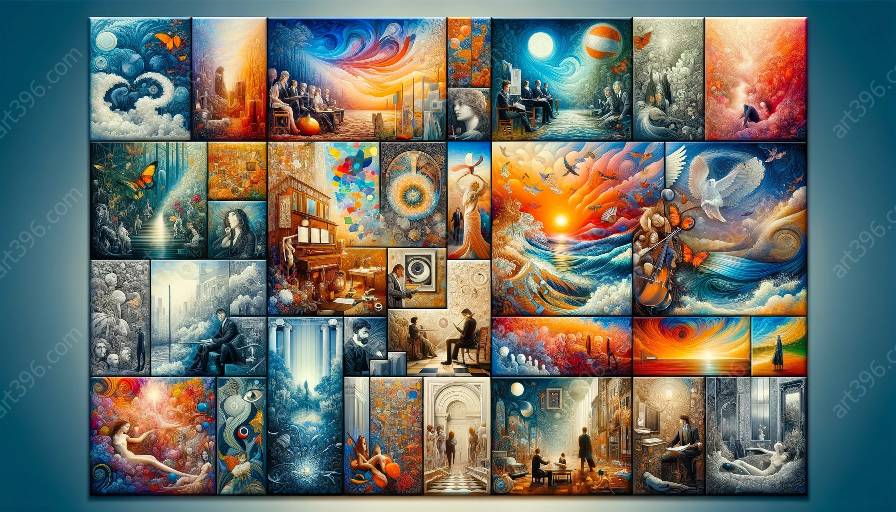The Surrealist movement, with its emphasis on the subconscious and the dream world, has had a profound impact on art education and pedagogy. This artistic movement, which emerged in the early 20th century, sought to break free from rationalism and external reality, embracing the irrational and the unconscious as sources of creativity and inspiration. Surrealism challenged conventional artistic norms, and its influence can be seen in the way art is taught, learned, and understood.
The Influence of Surrealism on Art Education
Surrealism has influenced art education in various ways, shaping the curriculum, teaching methods, and approaches to understanding and creating art. One of the key contributions of Surrealism to art education is its emphasis on tapping into the subconscious and exploring the realm of dreams and fantasies. This has led to a shift in how art educators encourage students to approach creativity and self-expression, often emphasizing the exploration of inner thoughts and feelings.
Art education influenced by Surrealism encourages students to embrace unconventional thinking and imagery, challenging them to break free from traditional artistic conventions and explore the depths of their imagination. This approach to art education values individual expression and experimentation, fostering a more open and inclusive environment for artistic exploration.
Implications for Pedagogy
In the realm of pedagogy, Surrealism has prompted a reevaluation of how art is taught and assessed. Educators have been encouraged to move away from rigid artistic guidelines and instead focus on nurturing the unique creative voices of their students. Surrealism's influence has led to pedagogical approaches that prioritize self-discovery and personal interpretation, allowing students to delve into their subconscious and create art that reflects their inner worlds.
This shift towards a more subjective and personal approach to art pedagogy has also impacted the assessment of artistic skills and abilities. Educators now recognize the value of subjective interpretation and emotional resonance in art, moving away from purely technical assessments to embrace a more holistic understanding of artistic expression.
Integration into Art Movements
Surrealism's impact on art education and pedagogy has also intersected with other art movements, contributing to the evolution of modern artistic practices. The integration of Surrealist principles into various art movements has enriched the artistic landscape, fostering a more diverse and inclusive approach to art creation and education.
Art movements such as Abstract Expressionism and Pop Art have drawn inspiration from Surrealism, incorporating elements of dream-like imagery, unconventional symbolism, and fragmented narratives into their works. This crossover of artistic influences has broadened the scope of art education, encouraging students to explore a wide range of artistic styles and perspectives.
Conclusion
Surrealism's influence on art education and pedagogy has been far-reaching, reshaping the way art is taught, learned, and understood. By challenging traditional artistic norms and embracing the subconscious and the irrational, Surrealism has expanded the boundaries of artistic expression and encouraged a more inclusive and diverse approach to art education. Its impact continues to be felt in contemporary art pedagogy, fostering a spirit of creative exploration and individual expression.

